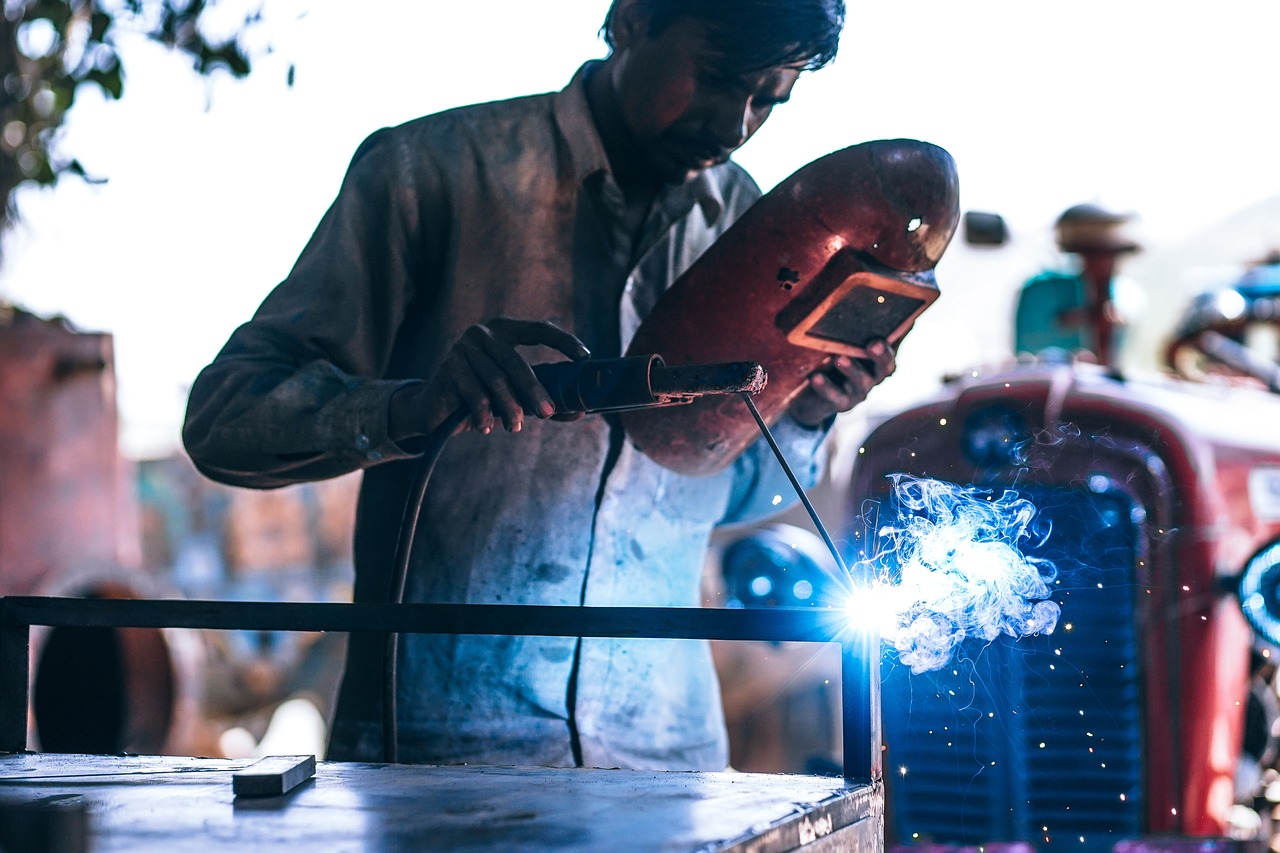Channel letter fabrication is the process of creating three-dimensional letters and logos from metal, plastic, or other materials, usually for use in sign making. The letters can be illuminated from within with LED lighting, neon, or other lighting sources, and are often used for building signs, storefront signs, and other exterior or interior signage applications. The fabrication process typically involves cutting and shaping the material, welding or assembling the parts, adding lighting and electrical components, and installing the finished letters onto the desired surface.
Channel letter signs are a popular form of signage that is used in many commercial and retail settings. These three-dimensional letters are typically fabricated from a variety of materials, each with its own set of advantages and disadvantages. Understanding the different materials used in channel letter fabrication can help sign makers choose the right material for each project, based on factors such as cost, durability, and appearance.
1. Aluminum
Aluminum is one of the most common materials used in channel letter fabrication, due to its durability, lightweight, and low cost. This metal is resistant to rust and corrosion, making it an excellent choice for outdoor signs. It can be cut, bent, and shaped into virtually any form, allowing for a wide range of design possibilities. Additionally, aluminum is easy to paint, making it possible to match the color of the sign to the client’s branding.
2. Stainless Steel
Stainless steel is another popular material for channel letter fabrication and is often used for high-end signs that require a sleek, modern appearance. This material is extremely durable and resistant to rust, corrosion, and UV damage. Stainless steel is also non-magnetic, making it ideal for use in areas with high levels of magnetic interference, such as near electrical equipment. However, stainless steel is also one of the most expensive materials used in channel letter fabrication and is not always the best choice for every project.
3. Acrylic
Acrylic is a type of plastic that is commonly used in channel letter fabrication and is often chosen for its versatility and affordability. Acrylic is available in a wide range of colors and can be easily shaped, drilled, and cut. It is also a good option for signs that need to be illuminated, as it is easily backlit. Acrylic is not as durable as metal, but it is lightweight and resistant to weather damage.
4. Polycarbonate
Polycarbonate is another type of plastic that is commonly used in channel letter fabrication and is often chosen for its strength and durability. This material is resistant to impact and is a good choice for signs that are exposed to high levels of wind or other physical stress. It is also lightweight, making it easy to install, and it is available in a range of colors and finishes. However, polycarbonate is more expensive than acrylic, and it is not as easily backlit.
5. Foam
Foam is a lightweight, inexpensive material that is commonly used in channel letter fabrication for its versatility and ease of use. Foam can be easily shaped and painted, and is available in a range of densities and hardness levels. This material is not as durable as metal or plastic, but it is a good choice for signs that will not be exposed to high levels of wind, rain, or other environmental stress.
In conclusion, the materials used in channel letter fabrication play an important role in determining the quality, durability, and appearance of the sign. Aluminum, stainless steel, acrylic, polycarbonate, and foam are the most common materials used in this type of fabrication, and each has its own set of advantages and disadvantages. Understanding the properties of each material can help sign-makers make informed decisions when choosing the right material for each project.

